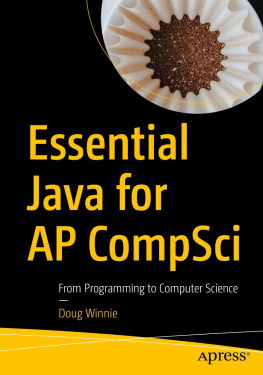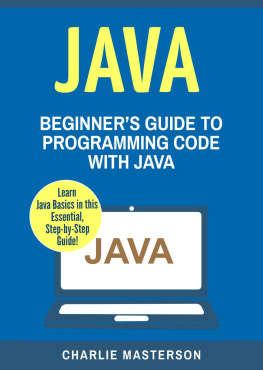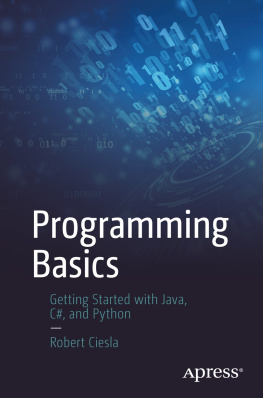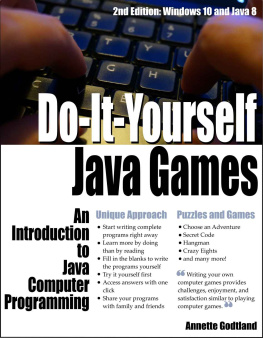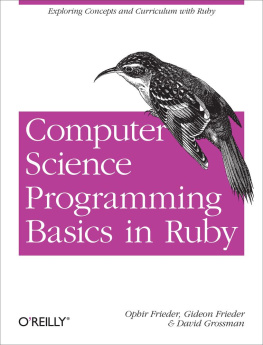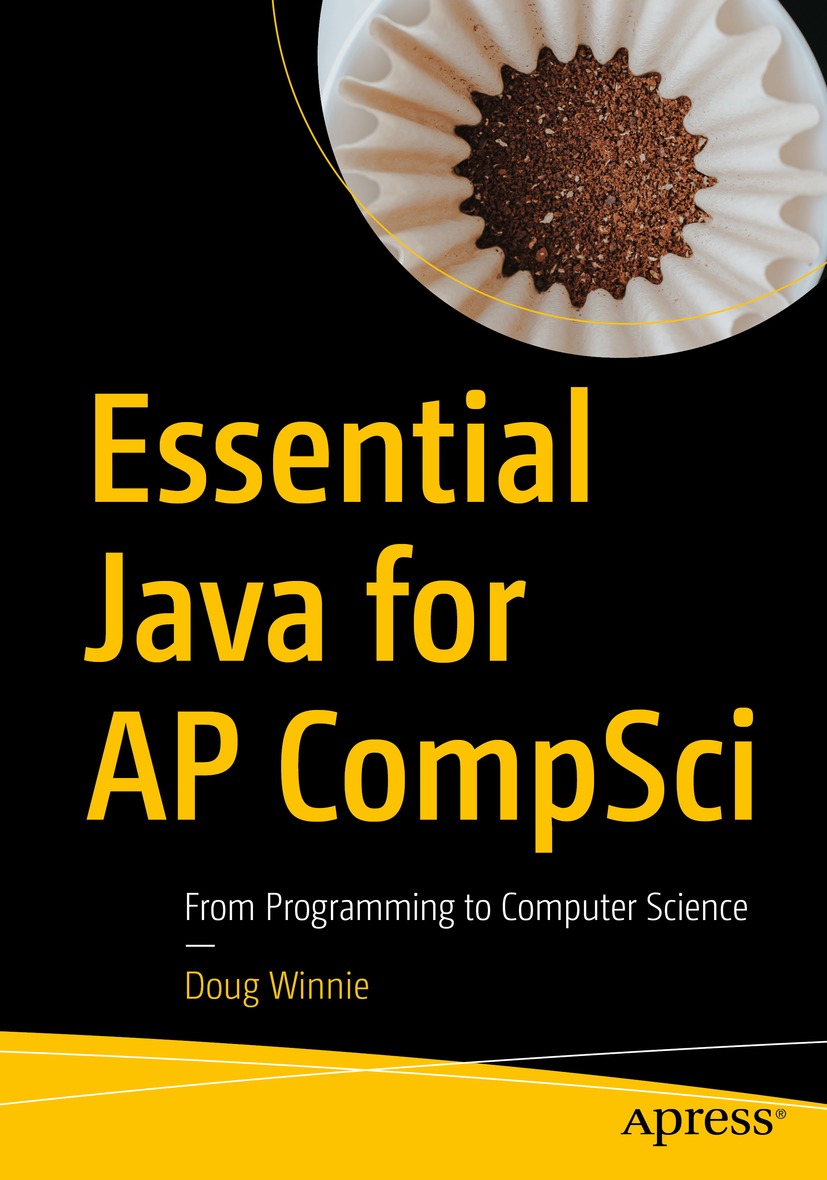Doug Winnie - Essential Java for AP CompSci: From Programming to Computer Science
Here you can read online Doug Winnie - Essential Java for AP CompSci: From Programming to Computer Science full text of the book (entire story) in english for free. Download pdf and epub, get meaning, cover and reviews about this ebook. year: 2021, publisher: Apress, genre: Home and family. Description of the work, (preface) as well as reviews are available. Best literature library LitArk.com created for fans of good reading and offers a wide selection of genres:
Romance novel
Science fiction
Adventure
Detective
Science
History
Home and family
Prose
Art
Politics
Computer
Non-fiction
Religion
Business
Children
Humor
Choose a favorite category and find really read worthwhile books. Enjoy immersion in the world of imagination, feel the emotions of the characters or learn something new for yourself, make an fascinating discovery.
- Book:Essential Java for AP CompSci: From Programming to Computer Science
- Author:
- Publisher:Apress
- Genre:
- Year:2021
- Rating:5 / 5
- Favourites:Add to favourites
- Your mark:
Essential Java for AP CompSci: From Programming to Computer Science: summary, description and annotation
We offer to read an annotation, description, summary or preface (depends on what the author of the book "Essential Java for AP CompSci: From Programming to Computer Science" wrote himself). If you haven't found the necessary information about the book — write in the comments, we will try to find it.
Gain the essential skills for computer science using one of todays most popular programming languages, Java. This book will prepare you for AP CompSci Complete, but you dont need to be sitting that class to benefit. Computer science has become a basic life skill that everyone is going to need to learn. Whether you are going into a career or side hustle in business, technology, creativity, architecture, or almost any other field, you will find coding and computer science play a role.
So when we learn programming we are going to focus on three things: what is the process; what is the syntax; and what is the flow. The process is represented as a flowchart. We will learn how to make these to help you plan out what you are going to do before you write a line of code. At first, the flowcharts will be pretty simple, but then they will get more complex. The syntax is the code: this is what you write that translates the process you create in a flowchart to the instructions that the computer can understand. Finally, there is the flow. This is where you trace through the code and see how the data and information it stores along the way changes. You can see how the operation of the program cascades from line to line. You will be building charts that will capture the programming flow so you can better understand how the computer processes code to make your next program easier to conceive and code.
Along the way to aid in the learning of the essential Java skills, there will be three kinds of project types throughout this book: business software projects for applications where you work for a company and need to complete an internal project for a team such as the sales, marketing, or data science teams; social good projects where you are working for non-profits or for agencies that are trying to research and provide solutions to economic, environmental, medical, or humanitarian projects; and game development projects for games based on player input, random chance, or other mechanics for the use of entertainment.
What is unique about computer science is how it has become a skill, and not just a career. While there are jobs and titles of computer scientist, the skill of computer science, and specifically programming, are almost everywhere. After reading and using this book, youll have the essential skills to think like a computer scientist, even if you are not. As a result youll be of greater value to your clients, your company, and yourself.
What You Will Learn
- Discover the primary building blocks of programming using the Java programming language
- See terminology and best practices of software development
- Work with object-oriented programming concepts
- Use common-language definitions and examples to help drive understanding and comprehension of computer science fundamentals
Who This Book Is For
Those who want to learn programming and want to think like a computer scientist. Ideal for anyone taking AP CompSci Complete.
Doug Winnie: author's other books
Who wrote Essential Java for AP CompSci: From Programming to Computer Science? Find out the surname, the name of the author of the book and a list of all author's works by series.

